Supramolecular Catalysts
Supramolecular Catalysts Are The Catalysts That Are Functioned On A Molecular Level, Understanding Of Which Is Critical In The Advancement Of Green Chemistry. These Catalysts Are Synthesized By Using Smaller Molecules And Compounds Of Different Properties That Are Linked Together With Non-Covalent Interactions Like Hydrogen Bonding, Photo- And Electro-Chemical As Well As Host-Guest Interactions. As These Supramolecular Catalysts Are Made Up Of Low-Cost Materials And Available In Various Shapes And Sizes, They Are Highly Preferred For Catalysis So As To Reduce The Complexity Of The Reaction Process. Supramolecular Catalysts Offer Exciting Advantages Over The Traditional Homogenous Catalysts. These Catalysts Are More Cost-Effective, Allowing For A Lower Production Cost, And Also Can Be Easily Recycled As The Individual Components Can Be Separated More Easily. Moreover, These Catalysts Can Be Effectively Used For Multiple Functionalities Due To Their Degradable Nature. An Interesting Use Of This Type Of Catalyst Is Their Role In The Bio-Catalysis Of Enzymatic Reactions. Here, The Supramolecular Catalyst Acts As A Stabilizing Factor By Moderating The Overall Activity Of The Enzyme, Thus Increasing The Rate Of The Enzymatic Reaction. Due To Their Broad Range Of Advantages, Supramolecular Catalysts Could Be Combined With Various Organic And Inorganic Materials, To Make Them Suitable For Specific Applications. For Example, Their Hydrophilic Character Can Be Increased By Complexing Them With Hydrophilic Polymers, Thus Making Them More Efficient For A Wide Range Of Water-Based Reactions. Similarly, The Phase Transfer Platform That Allows Using A Cationic-Biphasic Catalyst In A Heterogeneous Reaction System Has Been Used In Organic Syntheses. In Conclusion, Supramolecular Catalysts Have Gained Wider Application Prospects In Various Fields Of Science And Technology.
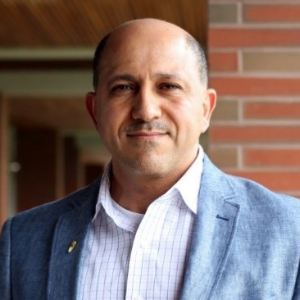
Hossam A Gabbar
Ontario Tech University, Canada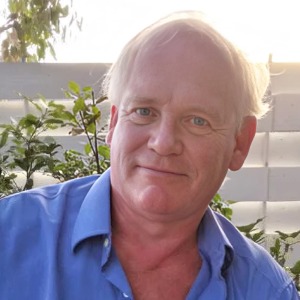
Victor John Law
University College Dublin, Ireland
Alexander Bagaturyants
National Research Nuclear University MEPhI, Russian Federation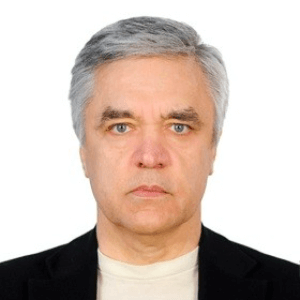
Sergey Suchkov
N.D. Zelinskii Institute for Organic Chemistry of the Russian Academy of Sciences, Russian Federation
Shree Niwas Chaturvedi
Centre for Aptitude Analysis and Talent Search, India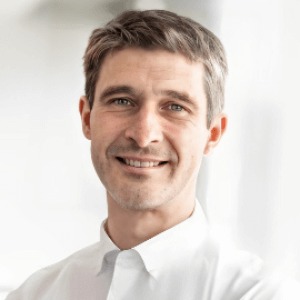
Pieter Samyn
SIRRIS, Belgium
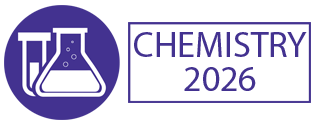
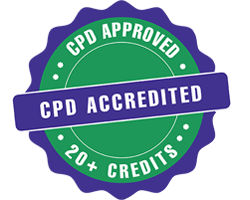


Title : Advances in plasma-based radioactive waste treatment
Hossam A Gabbar, Ontario Tech University, Canada
Title : Unraveling the ultrastructure and functions of the neuronal membrane skeleton using super-resolution fluorescence microscopy
Zhou Ruobo, Djillali Liabes University of Sidi Bel Abbes, Algeria
Title : Solar box cooker dehydration, and relative humidity endpoint detection, of lamiaceae culinary leaves on the island of Crete
Victor John Law, University College Dublin, Ireland
Title : Nutrient and heavy metal loads from the Ribeiras to Coastal zones: A land-ocean continuum perspective in Madeira Island
Aracelis Del Carmen Narayan Rajnauth, University of Porto, Portugal
Title : Prospective polyoxometalate-based covalent organic framework heterogeneous catalysts
Arash Ebrahimi, Comenius University Bratislava, Slovenia
Title : Eliminating implant failure in humans with nano chemistry: 30,000 cases and counting
Thomas J Webster, Brown University, United States